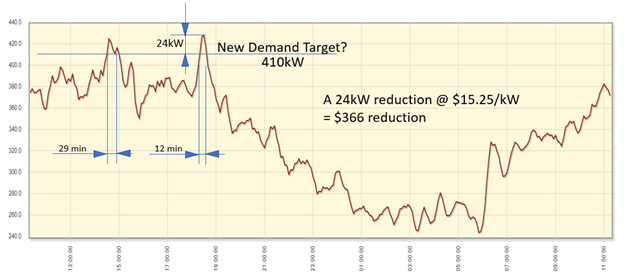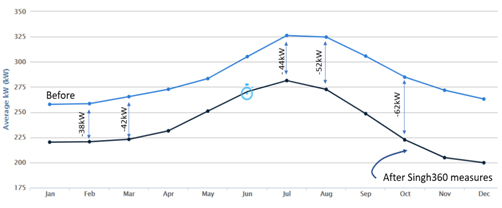Energy Demand Management
As technology booms there is an ever-growing need for utility companies to manage their electrical demand. They work hard to avoid rolling ‘black outs’ and ‘brown outs’, which create outages for customers and huge interruptions in their operation.
Energy Demand Management is the means power generators use to forecast, plan, and manage the demand their customers need. In a recent article, the Houston Press summarized it well.
“Demand response is used by utilities to reward people who use less electricity during times of peak, or high, energy demand. In effect, demand response relies on people, not power plants, to meet the demand for energy.”
- Is your company currently pursuing incentives?
- Do you know what incentives your utility provider offers for demand management?
- Which ones are suitable for your operation?
Each Utility Company is different and offers different programs.We see three different ways to implement a Demand Strategy.
The most basic is demand curtailment program where the utility company calls you up on a forecast, predictable high demand and asks you to reduce your demand for a block of hours.
Another program is an automated curtailment program, often called ADR, where the utility company has the ability to trigger an event in your energy management system to remotely turn off prescribed equipment to achieve a reduction in demand over a short period of time.The ‘reward’ for doing this is usually significantly higher than a simple curtailment program . There are companies that make a business in offering just demand management, but why complicate the process with yet another control system? Its best and least expensive if done on the system you already have.
Outside of this, you can set up a demand limiting program in your EMS to try a prevent an unintentional high demand that may cost your organization a lot of money.
Example:

As you can see from the above 24hr depiction of a customer’s demand usage, the ‘peak’ only occurs once a period. If the new demand target was set for 410kW, the savings would amount to $366 for that month and the work need only take place 41 minutes (29+12) of the day, which is only about 3% of the time.
Things to consider:
- What items could you shed for short periods of time that wouldn’t have a great effect on your product or environment?
- What demand program is best for you?
Are you signed up for a utility program like this but never put a well-tested plan in place to ensure you can deliver when asked to?
One way or another, you could be leaving $20,000 to $25,000 per Mega Watt on the table if you are doing nothing. Singh360 will help by educating you about the available programs, identify the right program for you based on your operations and finally put a well-documented process in place to execute on the program.

A before and after picture of an actual site showing the demand reductions achieved through Singh360 measures at a Grocery Store in Minneapolis, MN Considering a simple Demand limiting program from your EMS, the above depiction shows a reduction in electrical spend of more than $7,000 in a year.
Considering a simple Demand limiting program from your EMS, the above depiction shows a reduction in electrical spend of more than $7,000 in a year.
